How to Tell a Secret writer and director explore HIV disclosure in Ireland through ‘genre-bending’ documentary
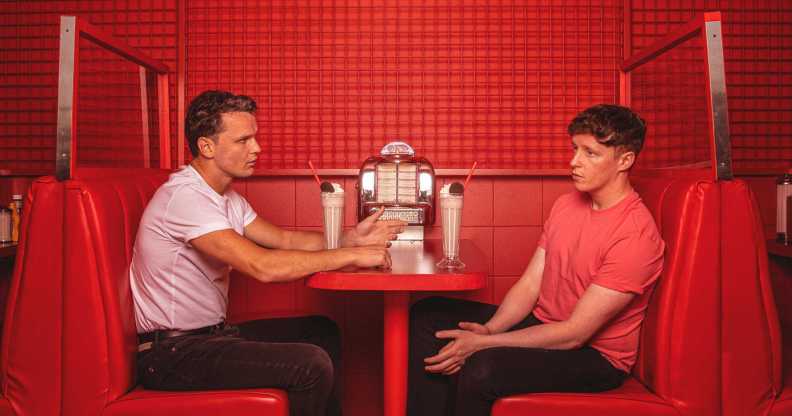
How to Tell a Secret is an ‘artistic look’ at HIV disclosure in Ireland. (Supplied)
How to Tell a Secret explores the act of disclosure and the stigma that drives people to withhold their HIV status in Ireland today. Star and writer Shaun Dunne and director Anna Rodgers tell PinkNews what it means to explore the stories of those fighting HIV stigma.
Based on a play by Dunne by the name of Rapids, How to Tell a Secret explores the process that individuals living with HIV go through to disclose their status in a world where the condition is “easier to live with than diabetes”.
Described as “an artistic look at HIV disclosure in Ireland,” the stories in this award-winning documentary move between bodies of young men, migrant women, drag artists and activists – with many of them told for the first time on camera.
“At the heart of documentaries is that notion of giving a voice to people – and giving people a platform to tell their stories,” Rodgers says. “We wanted to create a space where we could talk about these issues. HIV rates in Ireland have skyrocketed in the past year in particular, and yet Irish society doesn’t talk about it much.”
The documentary explores HIV in a modern context, where drugs such as PrEP prevent transmission, and those who are HIV positive have access to medication that reduces their viral load to “undetectable” levels, meaning the virus cannot be passed on through sex.
How to Tell a Secret scratches “that desire to give voice to people who can’t speak for themselves,” Dunne affirms, and Rodgers’ talent in documentary-making allowed the pair to “work through the difficulties around anonymity and fears of being revealed”.
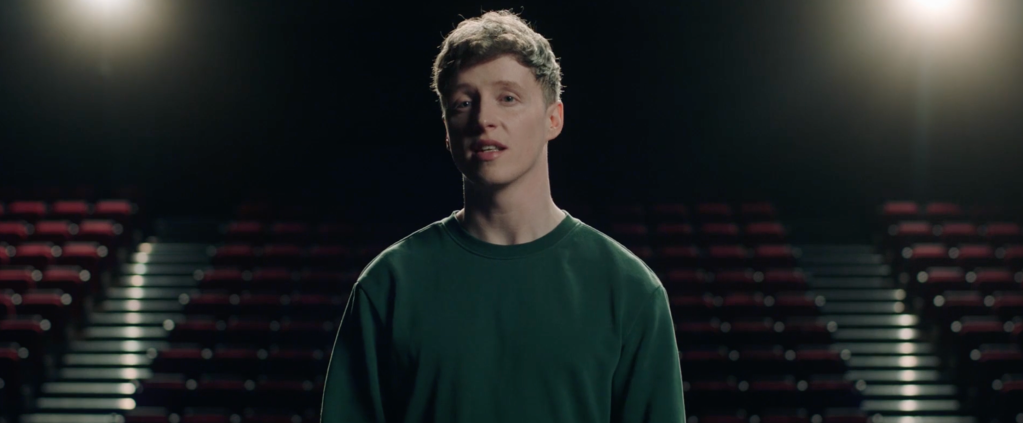
A large part of the hysteria surrounding HIV is historically down to the media. A particularly powerful scene in How to Tell a Secret details Robbie Lawlor, HIV activist and one of How to Tell a Secret‘s focal narratives, as he looks at a newspaper splashed with the headline “HIV sufferers…”
Aside from the documentary itself, have representations of HIV in the media got better?
“Soaps do a really good job,” answers Dunne, referencing a current HIV-focused storyline in long running drama EastEnders. “But press repeatedly falls down again and again, and again. Word counts are being adhered to, rather than the more sensitive issues. So no; I don’t think it’s changing quick enough in print.”
TV-wise, Rodgers points to a recent episode of First Dates Ireland, in which a young man disclosed his HIV status to his date, on a program on RTÉ – Ireland’s National broadcaster.
“When the producers for that programme decided to cast him, they made a really powerful choice. .. unless there are agitators, activists or people working in the media, quietly making sure they stay in the public realm, they fall off the table.”
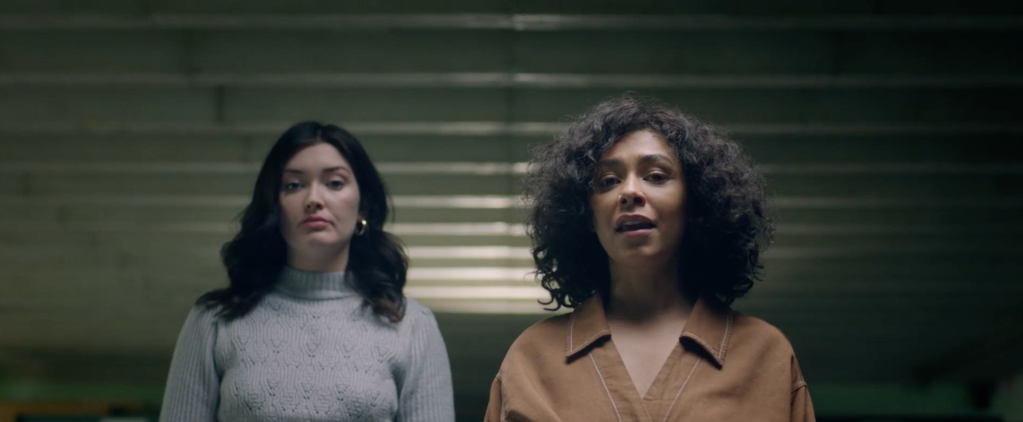
How to Tell a Secret also highlights that queer people are often left to be their own educators/healthcare facilitators, not least with regards to HIV. When asked whether government bodies and organisations could be doing more, Dunne says it’s something that he has to try not to be too angry about.
“What we’re up against is a huge amount of silence that was there at a very core time, and the massive generational impact that has had.
“I’ve been in this conversation for a while now; I’m trying my hardest to celebrate the work that is being done, as opposed to being bogged down by work that isn’t.”
For Rodgers, there is a huge gap in HIV education in schools – and one that she can see in real time.
“Schools are not bringing in the right experts or they’re not dealing with it at all. Some of the people that we met became HIV positive very young; some of them had very little sexual experience when it happened. And that could have been avoided, if HIV hadn’t been presented in such a shameful way.“
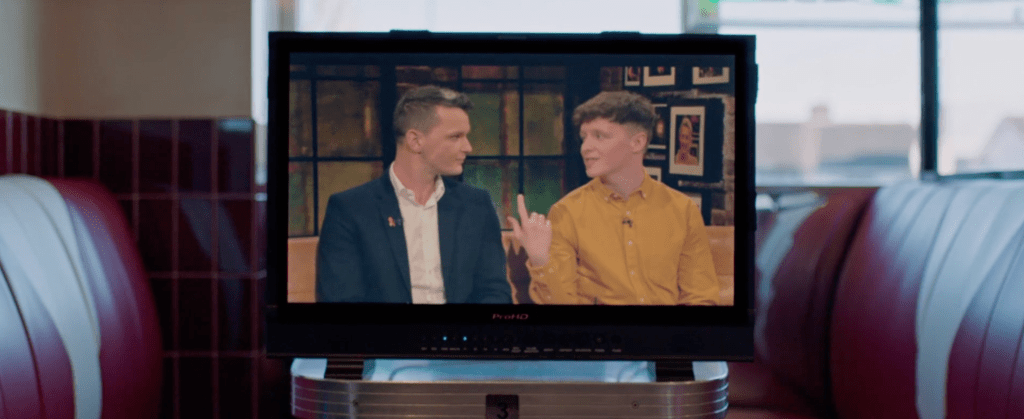
How to Tell a Secret also follows HIV-positive drag artist Veda, as they explore Thom McGinty/The Diceman’s work as one of Ireland’s most prominent HIV campaigners – a living statue in the 80s and 90s.
Dunne and Rodgers say that the decision to include him was two-fold: to make sure his “legacy [was] being kept alive” and to allow Veda to step into that space.
Rodgers adds that the two artists working together was a real ‘full-circle’ moment for queer Irish artists and their political messages.
“During lockdown, Veda had released a music video and come out as HIV positive – and that had a lot of resonance with what we were trying to talk about in the film, in terms of the artistic expression of stories.
“We asked Veda what they thought about lip syncing this iconic interview that Thom McGinty had done.
“They loved the idea, and it grew into something much bigger. McGinty’s managers told us Thom would have been tickled by the idea of Veda performing his story.”
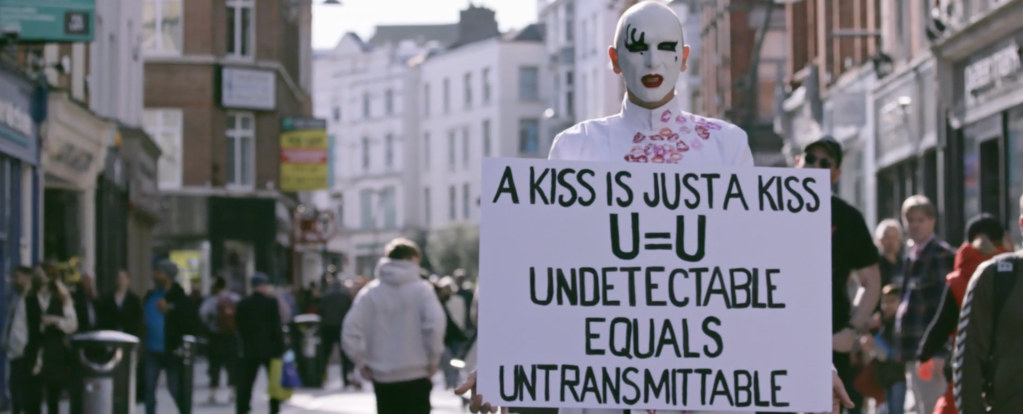
How to Tell a Secret culminates in a public forum, the likes of which had “never been done before”, where those living with HIV tell their stories. It is during that session that Michael – a man who had only ever been referred to under pseudonym ‘Aaron’ – tells his own story for the first time.
“It was a very emotional moment to actually hand that mic over to him. It was a highlight of the process. In the last moments [of Rapids] is a conversation between me and Michael/Aaron, where I say to him: ‘Maybe someday you’ll come up.’ And he says ‘yeah, maybe someday” and we black out. Our film ends by answering the end of the play.”
For Rodgers, that’s an example of “the therapeutic power of taking part in an artistic process”, something that the documentary has provided in real terms for its participants; she also notes that courage is often also found in small “everyday” moments that can “create social change”.
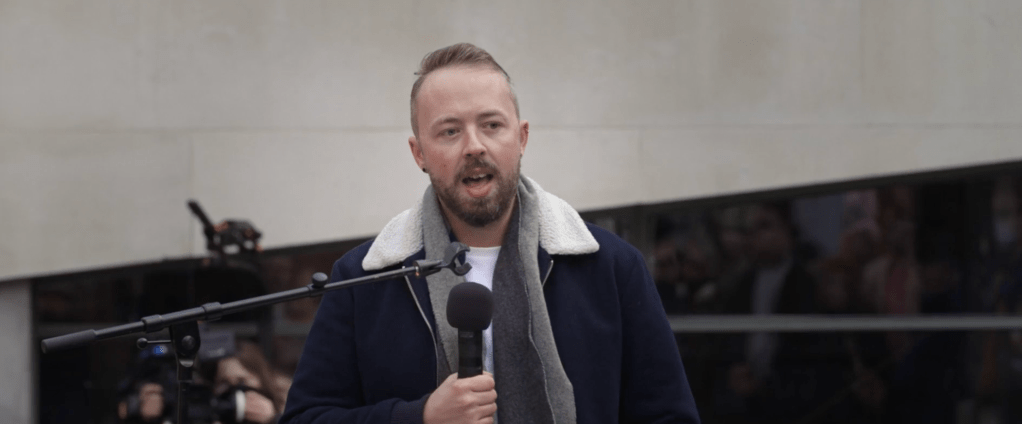
And what do the pair hope people will take away from the documentary?
“That Ireland is more advanced in this conversation than they probably give us credit for … I hope that they see the parallels in their own communities,” Dunne muses.
For Anna, the answer is more black and white, in both terminology and language: “It is that ‘U=U’ message for me. Stigma comes from fear and ignorance not being fully informed.
“If people walk away, thinking; ‘If somebody tells me they’re HIV positive next time I’m on a date, or I’m on a dating app’ and they realise that’s okay, and they don’t close off their options … that’s a win.”
“Be sound. Don’t be a d**khead,” she concludes.
Tickets for How to Tell a Secret at BFI Flare are available now. The documentary is streaming 24, 25 and 26 March. Other films at the festival include The Dads, Chrissy Judy and Big Boys.
How did this story make you feel?

